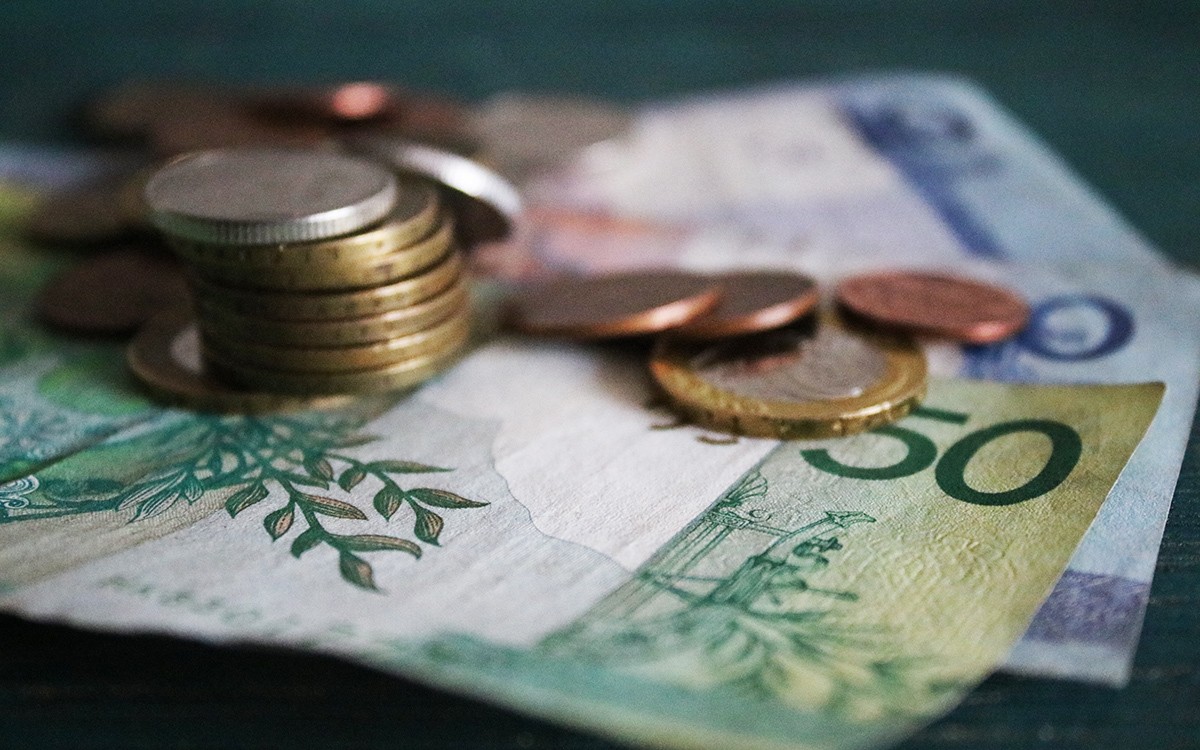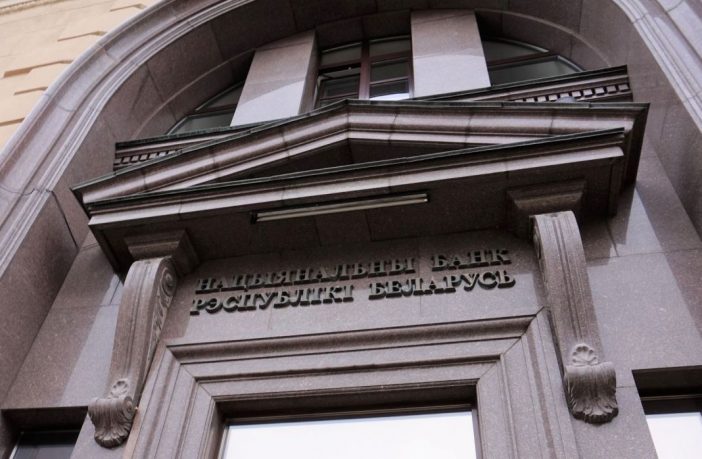How does the National Bank of Belarus plan to reduce inflation?
National Bank of Belarus officially announced the refinancing rate reduction by 0.5%. Now it will amount to 9%. There are also plans to reduce the rate on overnight loans. Such a decision was reached in the main financial institution of the country after the meeting on monetary policy.
In addition, a report on the state of the state economy was presented. According to the data, in the 3rd quarter of this year a downward trend in inflation was observed. In September, its rate was fixed at 5.3%, while experts predict it will amount to 5% by the end of the year. A similar slowdown trend will be observed in 2020 as well.
Reduction of the rate by the National Bank of Belarus explained by the desire to maintain the current economic rate and minimize the impact on monetary policy.
Decrease in deposit and overnight loan rates will narrow the interest rate gap to 2% to control banks’ liquidity. Management also plans to implement rate changes at the same time as refinancing indicators in the future.
It’s not the first time the National Bank has revised the refinancing rate, but as a result, it was left unchanged – at 10% per annum. This value is the lowest in history and was adopted in 2018, while in 2017 it was 18%.
Next year’s budget of the National Bank includes the refinancing rate of 9.5%.

The country’s main financial institution announced earlier this month its intention to expand its powers and become more independent. The leadership of the National Bank wants to take responsibility for the inflation process and to consolidate this initiative at the legislative level. At the same time, if the institution fails to cope with the set tasks, its management staff should resign. The changes will also affect the banking code, where the responsibility of the board should be fixed. The management of the National Bank believes that more operational independence should be provided to increase confidence in the institution. An important point is also to convey the essence of monetary policy not only to the departmental structures, but also to the public. The financial institution plans to switch to the inflation targeting model in 2021. The principle of monetary targeting is now in force. Amendments to the Banking Code have already been prepared, which will make the transition softer and more efficient.
The main strategy of the National Bank is to achieve a certain level of inflation without a direct impact on the national currency rate. Another important goal is to repay the external and internal debt of Belarus, amounting to $355 million. To reduce the liabilities, the management went to reduce the gold and foreign currency reserve by $60 million. At the same time, the country’s international reserve assets are scheduled to amount to $7.1 billion by January 2020.




